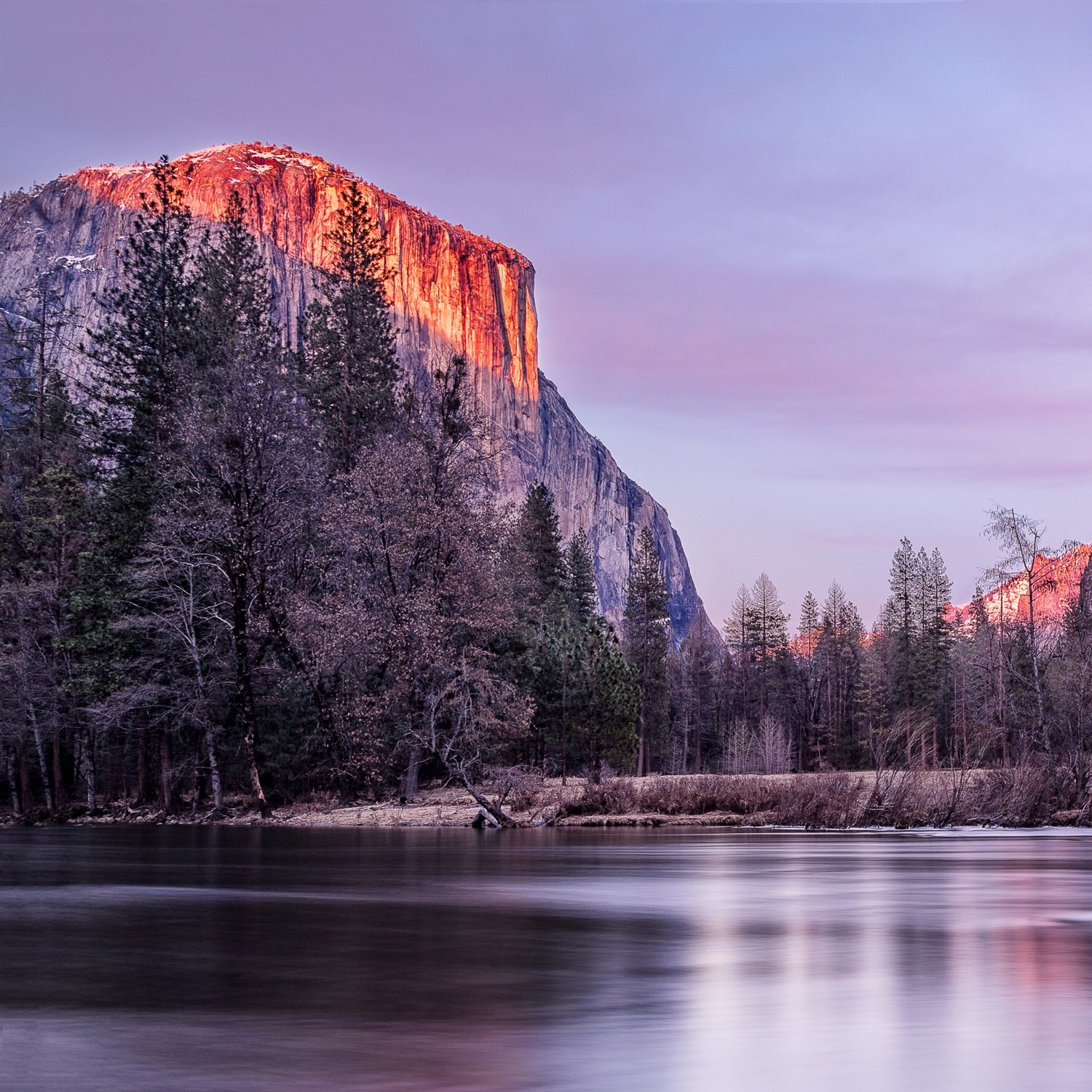Last Tuesday the . The $4.1 trillion budget includes a 10-percent booster shot for defense, among other things. But what does the budget hold for the outdoors and the environment? Ěý
Ěý
In a word: less.Ěý
Ěý
Less environmental protection. Less money to acquire open space, and for trail maintenance, and for wilderness management. Fewer park rangers.Ěý
Ěý
Think of the presidential budget as a wish list, an opening gambit. Congress will retool and rework the Trump Administration’s proposal, add and subtract from it, make the budget its own. The finished product may look nothing like what was rolled out last week. Still, if the budget is a political document and reflects a president’s priorities, as the old saw goes, Trump’s priorities are clear—and the environment, wildlife, and the Great Outdoors don’t rank particularly high. Here's a glimpse.
National Parks
The administration’s budget calls for a 13-percent cut to the discretionary budget of the National Park Service—that is, the part that’s not income such as concessionaire fees.
Ěý
“If enacted, this budget would represent the ,” Theresa Pierno, President and CEO of the National Parks Conservation Association (NPCA), said in a statement.Ěý
The cuts include:Ěý
- An 8-percent cut to the budget to operate the national parks, which is the large majority of the Park Service’s discretionary budget, said NPCA, which advocates for the parks system.
- A 6-percent reduction in staff—all told, more than 1,200 full-time employees. Counting these proposed cuts, the number of employees at the Park Service will have fallen by nearly 4,000 people, or 18 percent, since fiscal year 2010.
- Removal of almost all funding for land acquisition.
- Deferred maintenance. The Park Service has a staggering $12Ěýbillion backlog of deferred maintenance, everything from crumbling footbridges to crumbling buildings. Unveiling the Park Service’s budget, Secretary of the Interior Ryan Zinke claimed the budget would increase money for park maintenance. But Zinke’s claim was based on using “misleading baseline” figures, said John Garder, NPCA’s director of budget and appropriations. Using more accurate numbers, said Garder, Zinke’s 6-percent increase becomes a 9-percent cut in funding.Ěý
At a time national parks are experiencing record visitation, “This budget undermines our national parks to an alarming degree,” said Pierno, NPCA’s president and CEO.
Recreation & ConservationĚý
- The U.S. Forest Service, which manages 193 million acres of federal land in the U.S., would see its budget for trail maintenance drop from $77 million to $12 million, “so visitors should be prepared scramble over downed trees and be proficient with maps and GPS as disappearing trail signs are not replaced,” wrote Andy Stahl, executive director of , .Ěý
- Overall, the budget calls for a 73-percent cut in capital improvement and maintenance at the Forest Service. “Whatever rebuilding the nation’s infrastructure may mean to Trump, the Forest Service isn’t going to have a seat at that table,” Stahl wrote.
- Trump’s budget makes deep cuts to the Land and Water Conservation Fund. LWCF uses a tax on federal offshore oil- and gas leases for recreation projects and to create parks. The program has raised more than $3 billion over more than a half-century and enjoys wide bipartisan support. “Trump’s budget proposes to cut LWCF by 84 percent, from $400 million down to $64 million,” Alan Rowsome, senior director of government relations for lands for the Wilderness Society, wrote şÚÁĎłÔąĎÍř an email. The proposal nearly “eviscerates all federal land acquisition,” Rowsome wrote, calling the .Ěý
- The dollars given to the federal Bureau of Land Management (BLM) to manage its nearly 9 million acres of wilderness would drop by $2.7 million, to $15.5 million. The agency manages 8 percent of the National Wilderness Preservation System.
Even before this budget, money the federal government sets aside for conservation—including national parks, forests, and wildlife refuges—constituted “barely 1 percent of the federal budget,” according to the Wilderness Society. Trump’s proposed budget “would further hollow out an already malnourished suite of programs,” the group said.
Environmental Protection and Science Ěý
With this budget, Trump follows through on his pledges to slash the Environmental Protection Agency. , from $8.1 billion to $5.7 and eliminates roughly one-quarter of its 15,000 jobs.ĚýThat includes:
- , which has spent billions to clean up and protect the lakes,Ěýas well as other regional programs aimed at helping the Chesapeake Bay and Puget Sound.Ěý
- who enforce federal environmental regulations.
There are other cuts to environmental programs outside the EPA:Ěý
- Bigger and more intense wildfires are a growing threat thanks to decades of fire suppression on public lands, and now also due to climate change. But the reduces money for hazardous fuels treatment by 7 percent, wrote Stahl, of Forest Service Employees for Environmental Ethics.
- Trump’s budget also would ) by more than $900 million, including a 15-percent cut to NOAA’s operational budget. The cuts would ripple through programs related to everything from weather satellites, to sea level rise, and would kill a program to detect and help warn the public about tornadoes in the Southeast.Ěý
Wildlife and Animals Ěý
The Trump budget:Ěý
- .Ěý
- Deals with the ongoing challenge of proliferating wild horses on public lands in the West, and save $10 million, by allowing horses to be sold for slaughter. t.Ěý
- Slashes several programs of the U.S. Fish and Wildlife Service, National Wildlife Refuge System and the National Fish Hatchery System.
- Makes cuts that could injure rural ranchers—ironically, voters who often voted for Trump. His .ĚýThe program is “designed to rehabilitate grass and prairie lands important for cattle ranchers that depend on public lands for grazing,” .
Energy Development
There is one area where the adjective “less” doesn’t apply: energy development on public lands. A cornerstone of Pres. Trump’s campaign was opening up more public lands to oil- and gas drilling, and coal mining. His budget makes good on that promise.
- Trump’s budget assumes the . His budget includes income from lease sales beginning in 2022 or 2023.Ěý
- Only Congress can approve the opening of the refuge to energy development, however. And any effort to open ANWR would be hugely controversial, as it was a dozen years ago.
- Includes a $16 million increase in the bureau’s Oil and Gas Management program and an $8 million increase within the Coal Management program for BLM. The agency aka “America’s landlord” is the nation’s largest land manager and administrator of federal subsurface mineral rights. Despite these increases, BLM’s overall budget would be cut by $163 million.
Ěý


